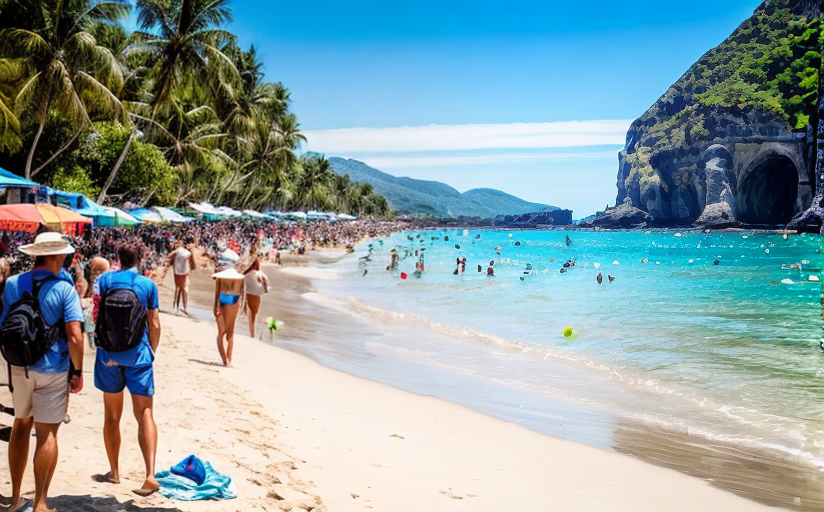Impact of Overtourism on Local Communities and the Environment
While tourism undoubtedly brings an array of benefits, including economic growth and cultural exchange, it has a darker side known as overtourism. Unchecked levels of overtourism can wreak havoc on the socio-cultural and environmental fabric of a destination's locality.
Overtourism: An Overview
Overtourism refers to a situation where there are too many visitors to a particular destination. When tourism becomes excessively high, it overloads the carrying capacity of the host area, resulting in negative socio-cultural and environmental effects.
Impacts of Overtourism
Socio-cultural Impact
Overtourism can significantly impact the quality of life for locals. Unregulated influx of tourists in popular destinations like Venice, Italy or Barcelona, Spain has resulted in escalating rents, noise and cultural disruption, making it unsustainable for locals to continue living in their own towns. As a result, these places have witnessed a decrease in their indigenous population in recent years.
Environmental Impact
Overtourism can also result in serious environmental consequences. Maya Bay in Thailand, famous for its pristine beaches, has been closed indefinitely to recover from the environmental damage caused by millions of visitors each year. The influx of tourists led to the destruction of coral reefs and an unacceptable level of pollution.
Potential Solutions to Overtourism
Regulating Visitor Flow
Some places have started implementing regulations to control the influx of tourists. For example, the Galapagos Islands have stringent restrictions on the number of visitors and the duration of their stay to protect their unique environment.
Sustainable Tourism Practices
Another potential solution is the promotion of sustainable tourism practices. This includes educating tourists about their environmental footprint and encouraging local participation to ensure tourism development is advantageous for all. Responsible travel, to natural areas that conserve the environment and improve the well-being of the local people, is essential.
Conclusion
The potential destruction caused by overtourism calls for immediate and strategic planning. While tourism is a vital industry for many countries, it should not be at the expense of the local community or the environment. Therefore, striking a balance between the benefits and the drawbacks of tourism is crucial for the sustainable development of any tourism-dependent location.


















Comments
Leave a Comment